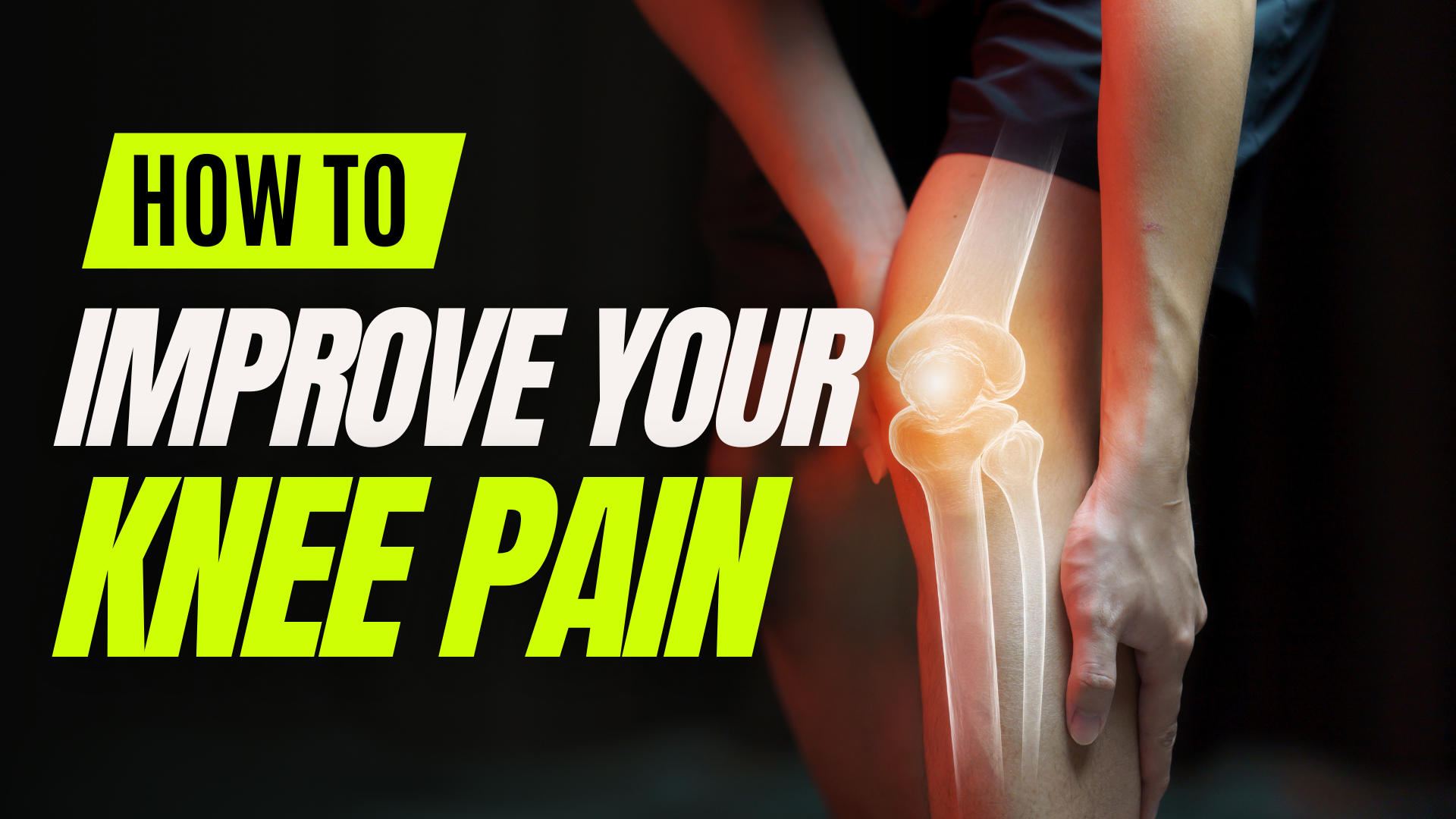Are you experiencing chronic knee pain? Maybe you have had multiple issues with your foot, your knee, your hip, or our low back, and you haven’t been able to resolve it. In this blog, we’re going to dive into the rotational component of the knee that is often neglected in most rehab and movement programs.
Rather watch or listen?
How to Know If Your Knee Lacks Rotation of the Lower Leg Inward
If you notice that when standing, your feet are abducted and turned outward, it could indicate a deficiency in internal tibial rotation, where the lower leg fails to rotate inward.
Another sign can be observed during a squat: if your feet tend to turn out as you descend, this too may signal insufficient rotation in the lower leg. This lack of rotation could also stem from limited ankle dorsiflexion—the bending mobility of the ankle. While issues with the hip and foot may also contribute, for the purpose of this blog, we’re focusing on the inward rotation of the lower leg.
Self-Assessment
To assess this yourself, begin from a seated position. Place your arm under your upper thigh and concentrate on the rotation of your entire lower leg. It’s important to isolate this movement from the foot, as simply turning the foot in and out can be misleading. By stabilizing the upper leg with your arm, you can assist in and out movements, but the emphasis should be on inward rotation. This rotational ability tends to diminish with injuries such as meniscus injuries and other knee-related issues.
What You Can Do About It
If inward rotation feels challenging, start by assisting passively with your hand. Once you’re more comfortable, introduce a slight resistance. You can use a band wrapped around the foot in a figure-eight fashion to provide resistance while moving into internal rotation. Adding resistance helps reinforce this movement neurologically when loaded.
Advanced Progression
For a more advanced progression, try placing a block or a rolled-up towel between your knees. Then, using a smooth surface or a bolster, slowly extend your knees while keeping your toes and tibia rotated inward. Aim for complete extension, then reverse the movement by turning your feet and lower leg outward as you return to the starting position. This exercise requires careful control and deliberate movement to maintain good fascial tension throughout.
Key Takeaway
If you’ve encountered issues like patellofemoral pain or meniscus injuries, it’s often associated with inadequate rotation in the tibia or lower leg. I hope you find these assessments and exercises helpful in your journey. Remember, never work through pain, and approach assessments with gentle curiosity to truly understand the mechanics and choose appropriate exercises.
If this was helpful, please give it a like, give it a share, and, of course, subscribe to our YouTube channel, the Movement Paradigm, for weekly tips on mindset, nutrition, and movement. Our goal is to help you live your best life, heal, transform, and, more importantly, thrive.
If you need help more individually, please reach out for a discovery session. We would love the opportunity to help you in any of these areas. And in addition to that, you can feel free to join our app, the Movement Paradigm. We have monthly challenges, live Q&As, and an amazing community, all geared toward whole-body health. So hope to see you there!

